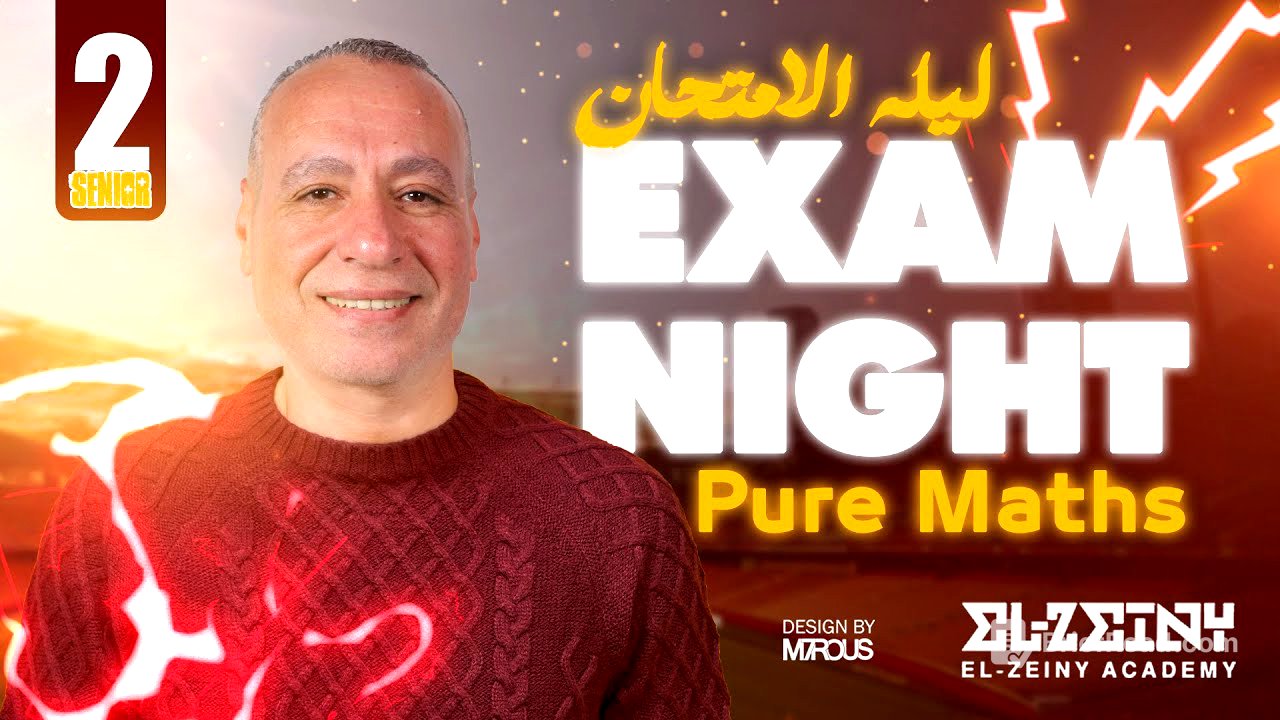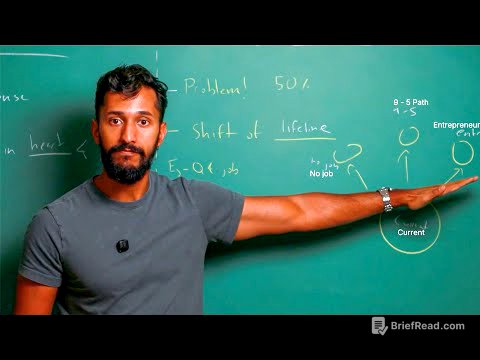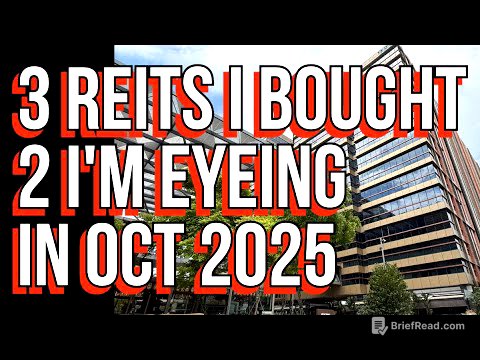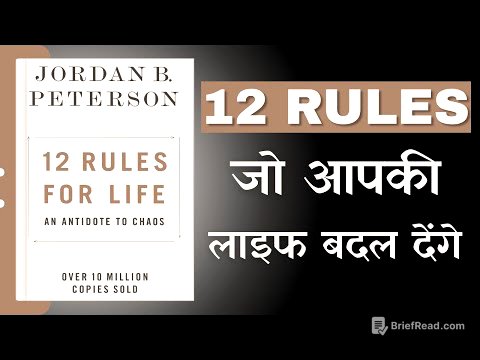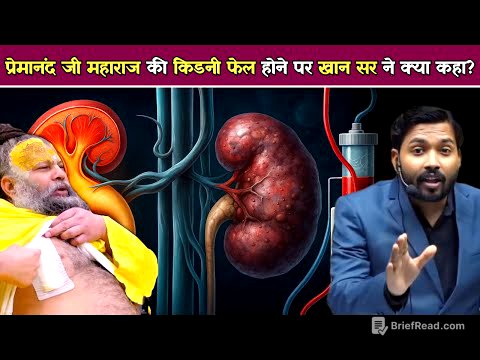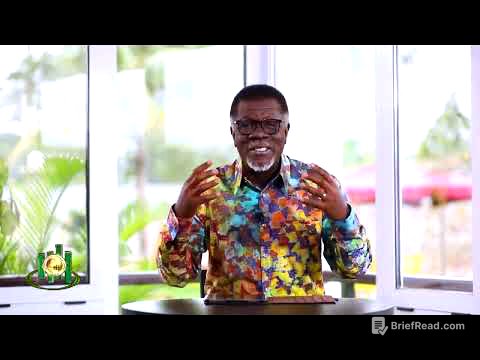TLDR;
This video provides a comprehensive review for Senior 2 students in Egypt, covering the entire curriculum in preparation for an upcoming exam. It includes a variety of multiple-choice and essay-style questions designed to simulate the actual exam. The review spans topics from sequences and series to trigonometry and calculus, offering detailed explanations and problem-solving strategies.
- Arithmetic and geometric sequences
- Trigonometry functions
- Calculus and integration
- Problem-solving strategies
Exam Simulation: Sequences and Arithmetic Progressions [1:22]
The first question involves identifying a sequence based on a given pattern. The correct choice is determined by testing each option to see if it matches the sequence when substituting values for N. The next question focuses on arithmetic sequences, providing the first term (A = 3) and the common difference (French = 3). The task is to find the term whose value is 150 using the general formula TN = A + (N-1) * D. By substituting the known values and solving for N, the term number is found to be 50.
Factorials and Combinations [4:55]
The discussion moves to a question involving factorials and permutations, specifically 5PN, 3 = 120. The explanation covers the definition of a factorial (e.g., 5! = 5 x 4 x 3 x 2 x 1 = 120) and how to approach permutation problems. It's shown that N can be either 7 or 8. The video then transitions to combinations, explaining the difference between permutations (where arrangement is necessary) and combinations (where arrangement is not necessary). The term "selected" indicates a combination, and the problem involves selecting four items from nine, which is solved using the combination formula 9C4, resulting in 126.
Trigonometry and Calculus [11:00]
The focus shifts to trigonometry, with a question involving 2 cos²(π/2 - x) - 1. The explanation uses the identity cos(2x) = cos²(x) - sin²(x) to simplify the expression to cos(π - 2x), which is then evaluated in the second quadrant, resulting in -cos(2x). The video then covers the relationship between the freshness function, average rate, and derivative, defining each and their respective formulas. A problem is presented where the free rate is given as 7, and the goal is to find the value of F(5) - F(3).
Integration and Trigonometric Identities [17:29]
The discussion transitions to integration, explaining basic integration rules such as integrating a term plus/minus another term, and integrating a bracket raised to a power. An example problem involves integrating 2x + 3x⁻². The solution involves increasing the power of each term by one and dividing by the new power, resulting in x² - 3x⁻¹ + C. The video then addresses a question involving tan(A + B), using the formula tan(A + B) = (tan A + tan B) / (1 - tan A tan B). The problem is manipulated to fit this form, and the final answer is tan(A + B).
Sequences and Series [24:00]
The video tackles a question about finding the sum of the first five terms of an arithmetic sequence where T1 = 5 and TN+1 = TN + 3. The sequence is determined to be 5, 8, 11, and the sum is calculated using the formula SN = n/2 * [2A + (n-1)d], resulting in 55. The next question involves a geometric sequence where the general term is given as 3^(3-n). The goal is to find S infinity, which is calculated using the formula A / (1 - R), where A is the first term and R is the common ratio.
Calculus and Trigonometry [35:21]
The video addresses a calculus problem where f(x) = sin²(x) - cos²(x), and the task is to find dy/dx. The expression is recognized as the negative of cos(2x), and the derivative is found to be 2sin(2x). The next question involves integrating 6 * cos(x) / sec(x) + tan(x) dx. The expression is simplified using trigonometric identities, and the integral is found to be sin(x) + sec(x) + C. The video then provides a review of trigonometric derivatives and integrals, emphasizing the relationships between sine, cosine, tangent, secant, cosecant, and cotangent.
Geometry and Tangent Lines [42:02]
The video tackles a geometry problem involving a lighthouse and a boat, using angles of depression. The height of the lighthouse is calculated using trigonometric relationships, specifically the sine function, resulting in approximately 172 meters. The next question involves finding the slope of the tangent to the curve f(x) = 2x - 3x² + 5 at x = 2. The derivative is found, and the value of the derivative at x = 2 is calculated to be 10.
Combinations and Permutations [47:49]
The video addresses a question involving combinations, specifically NC5 / NC4 = 3/1. The properties of combinations are used to simplify the equation, leading to the solution N = 19. The next question involves both permutations and combinations, where NPR = 336 and NCR = 56. The relationship between NPR and NCR (NCR = NPR / R!) is used to find R, which is determined to be 3. Then, NPR is used to find N, which is determined to be 8.
Geometric Sequences and Series [54:55]
The video presents an essay question involving a geometric sequence. The sum of the two middle terms is equal to nine times the sum of the first two terms. The task is to find the number of terms in the sequence. The common ratio (R) is found to be 3, and the number of terms (N) is determined to be 6. The final essay question involves finding the equation of the tangent to a curve at a given point. The derivative is used to find the slope of the tangent, and the point-slope form of a line is used to find the equation of the tangent.
Exam Simulation 2: Arithmetic and Geometric Series [1:06:35]
The video transitions to a second exam simulation. The first question involves finding the sum of the first and last terms of an arithmetic series, given that the first term is 7 and the sum of all terms is 31. The sum of the first and last terms is found to be 38. The next question involves finding dy/dx, given y = z³ and z = x² - 3, when x = 2. The chain rule is used to find dy/dx, and the final answer is 12.
Integration and Factorials [1:09:45]
The video addresses a question involving integration: ∫(sin(x) + cos(x)) dx. The integral is found to be -cos(x) + sin(x) + C. The next question involves simplifying n * n!. The expression is simplified to (n + 1)!.
Combinations and Trigonometry [1:10:59]
The video tackles a question where NC3 = 10, and the task is to find n!. By trial and error, n is found to be 5, so n! = 120. The next question involves finding sin(C), given sin(A) and cos(A), and knowing that A + B + C = 180 degrees. The value of sin(C) is found to be 33/65.
Trigonometric Identities and Tangent Functions [1:15:35]
The video addresses a question involving tan(x) / (1 - tan²(x)). This expression is recognized as half of tan(2x), so the answer is 5/2. The next question involves finding the 20th term of a sequence: 8, 24, 48,... The 20th term is found to be 1680.
Trigonometry and Geometric Progressions [1:18:20]
The video presents a trigonometry problem involving angles of depression from a lighthouse to a boat. The height of the lighthouse is calculated to be approximately 172 meters. The next question involves a geometric progression where T5 - T3 = 27 and T4 - T2 = 12. The common ratio (R) is found to be 3, and the first term (A) is found to be 1/2.
Arithmetic Series and Derivatives [1:25:37]
The video addresses a question about an arithmetic series where the sum becomes zero after a certain number of terms. The number of terms (N) is found to be 17. The next question involves finding dy/dx, given y = 5x³ - 8cot(x). The derivative is found to be 15x² + 8csc²(x).
Sigma Notation and Differentiability [1:28:45]
The video tackles a question involving sigma notation: Σ(4r) from r=1 to n, given that Σr from r=1 to n is 136. The value of Σ(4r) is found to be 544. The next question involves finding cos(2x), given sin(x) + cos(x) = 7/5. The value of cos(2x) is found to be either 24/25 or -24/25. The video then discusses differentiability, explaining that for a function to be differentiable, it must first be continuous.
Integration and Permutations [1:35:18]
The video addresses a question involving integration: ∫x²(x³ + 8)⁴ dx. The integral is solved using substitution, and the final answer is (x³ + 8)⁵ / 30 + C. The final question involves forming a five-digit number using the digits 1, 3, 4, and 5, where each digit can only be used once. The number of possible permutations is determined to be (n+2)P5.
Arithmetic Sequences and Tangent Lines [1:39:34]
The video presents an essay question involving an arithmetic sequence. Given that T2 + T4 = 22 and T6² = 400, the task is to find S10. The value of S10 is found to be 185. The final essay question involves finding the values of A and B in a curve, given that a tangent line is 8x + y = 0 at the point (-1, 3). The values of A and B are found to be 2 and -1, respectively. The video concludes with a reminder to study hard and make a good effort.
